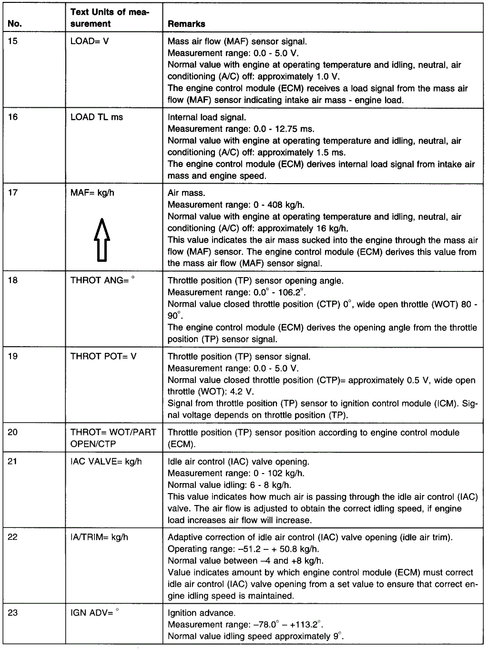Friday, November 4th, 2016 AT 2:11 PM
So, bought this car recently. Been going down the line fixing everything. Started with an audible vacuum leak at the intake hose boots, loping high idle issue, and a cylinder one misfire. Smoke tested and tested various components, then replaced the intake manifold gasket, the intake boots, cracked oil trap, spark plugs, coil wires, idle air control valve, some random cracked vacuum hoses, and the second stage ignition module. I still have a miss, I need to finish replacing the last few coil wires. But my biggest issue is I still have a 1250 rpm's idle in park when warmed up, idle starts around 950 rpm's cold. It also wont hold an rpm with the gas pedal, if you push the throttle down slightly the rpm's go to over 4000 rpm's within a few seconds, though the throttle position sensor reads only twelve percent. No check engine codes. And I got all the monitors to run. I have adjusted the throttle closed, throttle body is clean, smoke tested engine no leaks. I have tested the throttle position sensor, it is at.55 volts closed and 4.3 volts open, which is a bit off on the full open value but would not explain my idle. The absolute throttle position reads 9.8% at idle. Fuel trim always reads within a few percent of zero. I am just stumped. I am leaning towards the MAP sensor because the numbers do not add up, but I' am stumped on how to test it currently, had to call Volvo to even find it because it does not run off vacuum? My vacuum gauge reads twenty inches of mercury at idle off the manifold, I ran some of the normal vacuum gauge tests, all normal. Map sensor reads thirteen to sixteen inches on my scanner, I am at sea level.



